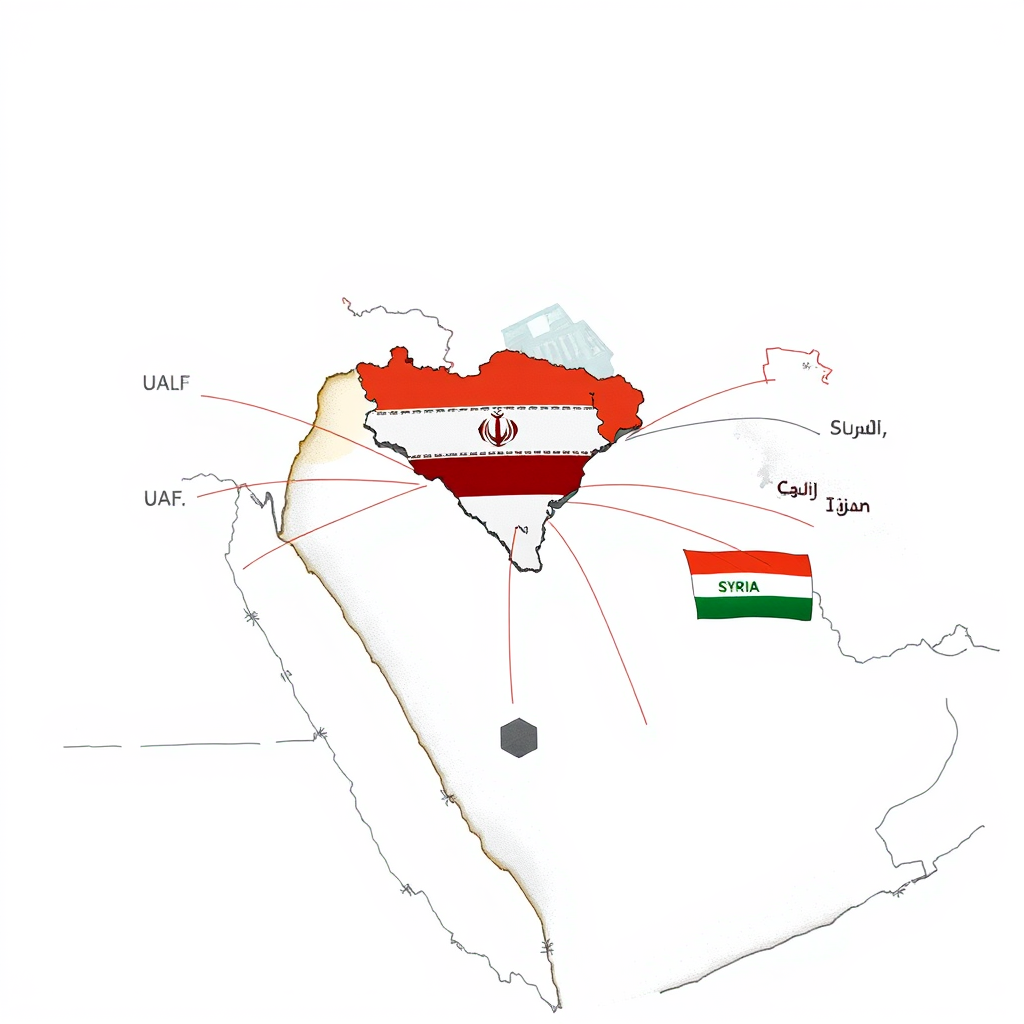Middle East Shift: Iran’s Power Faces New Rivals

The Middle East is undergoing a dramatic realignment, a shift obscured by the ongoing conflict in Gaza and the long-standing tensions with Iran. For much of the 21st century, Iran appeared ascendant, capitalizing on the power vacuum created by the U.S. intervention in Iraq and subsequent withdrawal. Saddam Hussein’s removal inadvertently empowered Iran, transforming a regional rival into a de facto ally. Tehran skillfully leveraged this opportunity, supporting proxy groups like Hezbollah in Lebanon and bolstering the Assad regime in Syria, establishing a network of influence aimed squarely at Israel.
For decades, opposition to Israel has been a defining feature of Middle Eastern politics, and remains central to the ideology of Iran’s 1979 revolution. While publicly framing its actions as solidarity with the Palestinian cause, Iran’s true objective is the elimination of Israel, a goal that resonates with its network of proxies. The expectation, following the October 7th attacks by Hamas, was that Iran and its allies would actively join the fight. However, that anticipated widespread resistance largely failed to materialize. Iran, possessing its own developing nuclear program, prioritized self-preservation over escalating a direct confrontation with Israel and its U.S. backers.
This reluctance highlights a crucial, and often overlooked, reality: the rest of the Middle East has quietly moved on. Over the past two decades, while Iran expanded its reach in the name of Palestinian liberation, wealthy Gulf kingdoms have forged a pragmatic alliance with Israel. Egypt and Jordan, having signed peace treaties with Israel after repeated military defeats, have long accepted its existence. The Gulf states, united by a shared animosity towards Iran – stemming from both ideological differences (Sunni versus Shi’ite Islam) and regional power dynamics – have increasingly viewed Israel as a strategic partner.
This alignment has been facilitated by Israel’s thriving tech sector, particularly in surveillance technology, which has found eager clients among autocratic regimes in the Gulf. The Abraham Accords, brokered under the Trump administration, formalized these shifting relationships, with the United Arab Emirates, Bahrain, Morocco, and Sudan normalizing ties with Israel. Saudi Arabia, while signaling its intention to follow suit, awaits a more stable situation in Gaza.
The current conflict, however, isn’t about military victory. The fundamental issue – the unresolved status of the Palestinians – remains. Israel’s actions in Gaza, while framed as a response to Hamas’s attacks, are unlikely to yield a lasting solution. The real war, by contrast, is the one Israel has been preparing for with Iran. Recent months have seen a series of covert operations and precision strikes targeting Iranian assets and proxies, demonstrating Israel’s willingness to confront Tehran directly.
The ultimate outcome hinges on decisions made by the United States, particularly by Donald Trump. His policies have already reshaped the region, prioritizing transactional relationships with Israel and the Gulf states over traditional alliances and the Palestinian cause. The historical boycott of Israel by Arab nations, once a symbol of solidarity with the Palestinians, is now a distant memory. Today, Arab nations are willing to condemn the loss of life in Gaza while simultaneously intercepting Iranian missiles aimed at Tel Aviv.
This new Middle East is defined by pragmatism, self-interest, and a willingness to prioritize stability over ideology. While the plight of the Palestinians remains a critical issue, it is increasingly overshadowed by the geopolitical calculations of regional powers and the strategic interests of the United States. The region is undeniably changing, and the old certainties are rapidly dissolving.